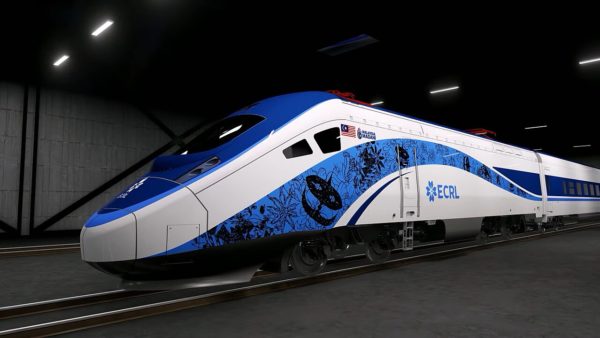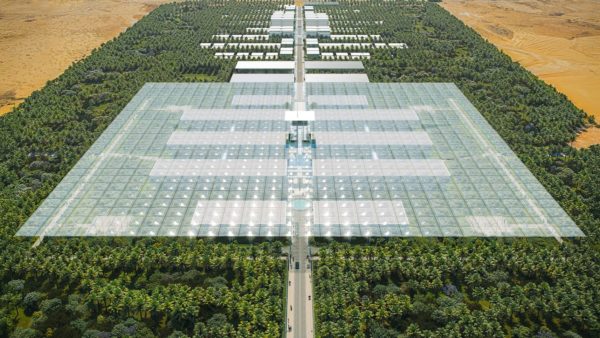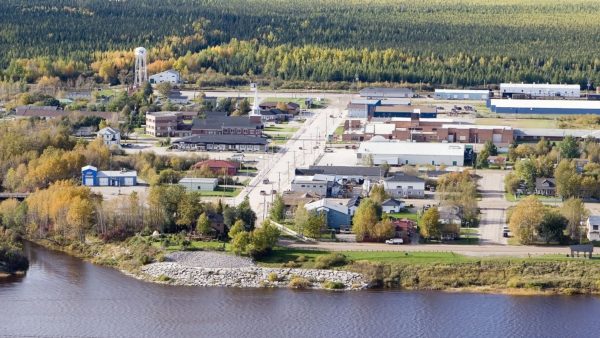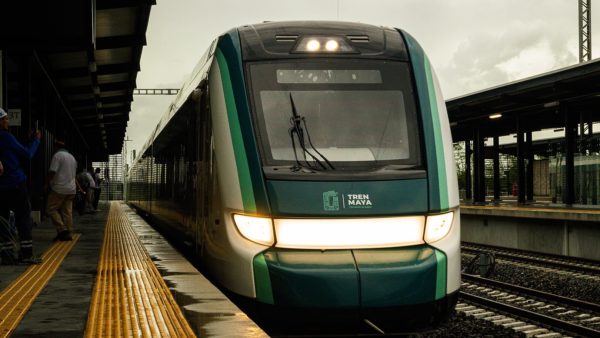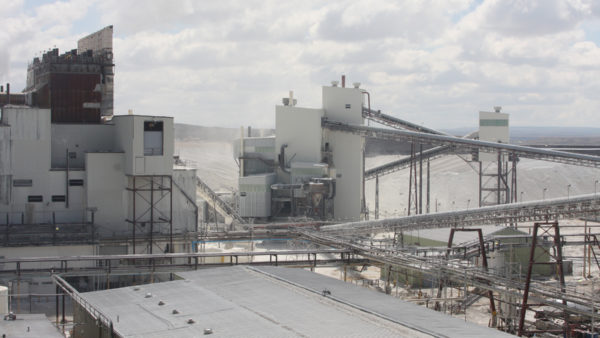The equipment required to create an "ice wall" around the stricken Fukushima Daiichi nuclear power plant is finally in place, almost a year after the barrier was expected to be complete, World Nuclear News reports.
The frozen soil is intended to prevent ground water from entering the reactor buildings and becoming contaminated by the nuclear fuel that is still trapped there.
The installation of the equipment for forming the ice wall began in June 2014, at which time it was estimated that it would take nine months to complete.
Chilling liquid has been circulated since April 2015. The north, south and west sides of the facility were completed last September, and the pipes on the east side, facing the sea, were deployed in November.
Tokyo Electric Power Company (Tepco), which is carrying out the containment and decommissioning activities, announced on Tuesday, 9 February, that the necessary equipment was in place to begin freezing the soil.
Tepco said operations would begin once Japan’s Nuclear Regulation Authority had satisfied itself that the creation of the wall would not lead to water level changes that might cause contaminated water to flow out of the reactor building’s basements.
Kajima Corporation, the main contractor for the facility, has drilled holes some 30-35m deep and inserted pipes through which refrigerant will be pumped. Some 1,550 pipes have been installed to create a 1.5km-long ice wall around units 1 to 4 of the plant.
The aim of the ice wall is to decrease the amount of water pumped into the tanks to the extent that decontamination operations can reduce the quantity stored
According to Tepco, the technology is similar to that used to freeze an ice skating rink, except that the pipes carrying the chilled brine are being placed vertically in the ground, to freeze the soil down to bedrock.
The wall is designed to remain effective for up to two months in the event of a loss of power. The Japanese government agreed to pay for construction of the barrier, estimated at about $280m.
It is thought that more than 400 tonnes of groundwater enters the basements each day where it mixes with the heavily contaminated water previously used to cool the damaged reactor cores.
To contain the tainted water, Tepco pumps it into tanks, adding a new container every three to four days. There are presently more than 1,000 tanks around the site containing 750,000 tons of contaminated water.
Some of this water is decontaminated, but the volume of contaminated water is growing faster than Tepco can decontaminate.
The aim of the ice wall is to decrease the amount of water pumped into the tanks to the extent that decontamination operations can reduce the quantity stored.
As well as the ice wall, operations are continuing to remove the highly contaminated debris from the reactor building. This was left by the hydrogen explosion that occurred in the plant after it was engulfed in a tsunami caused by the Great East Japanese Earthquake of March 2011.
Toshiba announced last month that it would supply a remotely operated system for the removal of the remaining debris and fuel assemblies at unit 3 of the plant, which was the most extensively damaged in the explosion.
So far, the main achievement in this area was the removal of a 20-tonne fuel handling machine by two 600 tonne crawler cranes.
Tepco estimates that it may take as long as 40 years to complete work on the site.
A video animation of the ice wall can be seen here.
Photograph: Pouring the brine into the machinery during ice wall tests (Tepco)





